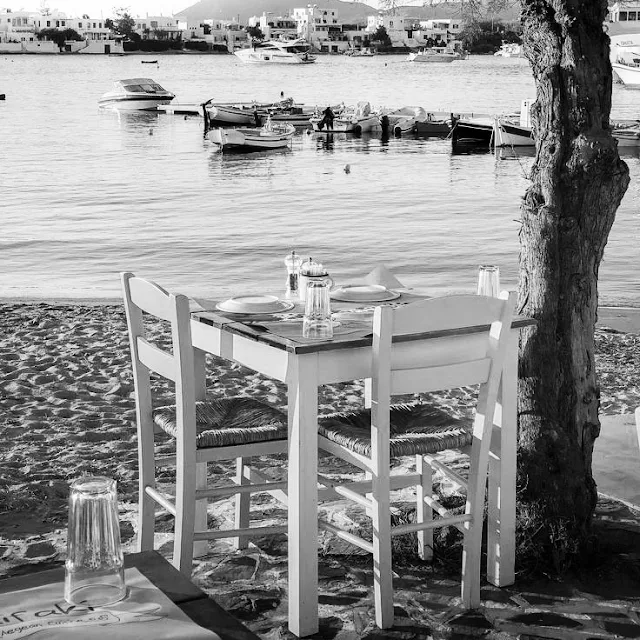Milos, a hidden gem among the Greek islands, beckons travelers with its unique charm, natural beauty, and rich cultural heritage.
Here are ten compelling reasons to put Milos at the top of your travel list:
- Exquisite Beaches: Milos boasts some of the most spectacular beaches in the Aegean. From the lunar-like landscape of Sarakiniko to the crystal-clear waters of Tsigrado, the island offers a diverse range of pristine shores for sunbathing, swimming, and water sports.
- Geological Marvels: The island's volcanic past has sculpted a mesmerizing geological landscape. Explore the colorful rock formations, sea caves, and hot springs, showcasing nature's artistry at its best.
- Historical Significance: Milos is steeped in history. Visit the Ancient Theater of Milos, one of the most well-preserved ancient theaters in Greece, and the catacombs that bear witness to early Christian history.
- Charming Villages: The island is dotted with picturesque villages like Plaka, Klima, and Pollonia. These enchanting settlements boast traditional Cycladic architecture, narrow winding streets, and authentic tavernas.
- Venus de Milo: Milos is the birthplace of the iconic Venus de Milo, a renowned ancient Greek sculpture displayed at the Louvre Museum in Paris. Discover the island's connection to this masterpiece.
- Authentic Greek Culture: Experience the warmth and hospitality of the local residents. Savor mouthwatering Greek cuisine at family-run tavernas, and immerse yourself in the island's vibrant culture during traditional festivals and celebrations.
- Scenic Sunsets: Milos offers some of the most breathtaking sunsets in the Cyclades. Whether you're enjoying a beachfront dinner or watching the sun dip below the horizon from a hilltop, the views are truly mesmerizing.
- Secluded Retreats: While Milos has its share of attractions, it remains a relatively quiet and serene destination. Discover hidden coves and tranquil villages where you can escape the crowds and find your own slice of paradise.
- Adventure Opportunities: Whether you're into hiking, snorkeling, or sailing, Milos offers plenty of adventure. Explore hidden caves, go diving, or hike along scenic trails to discover the island's natural beauty.
- Unspoiled Beauty: Milos has managed to retain its pristine and unspoiled character. Its unique landscapes, including the famous moonscape of Sarakiniko, will leave you in awe of the island's natural wonders.
Milos is a captivating island that caters to a variety of interests, from beach lovers and history enthusiasts to adventure seekers and those seeking tranquility. With its stunning scenery, cultural richness, and authentic Greek charm, Milos promises an unforgettable Mediterranean escape. Don't miss the opportunity to explore this hidden paradise in the heart of the Aegean.

Comments
Post a Comment